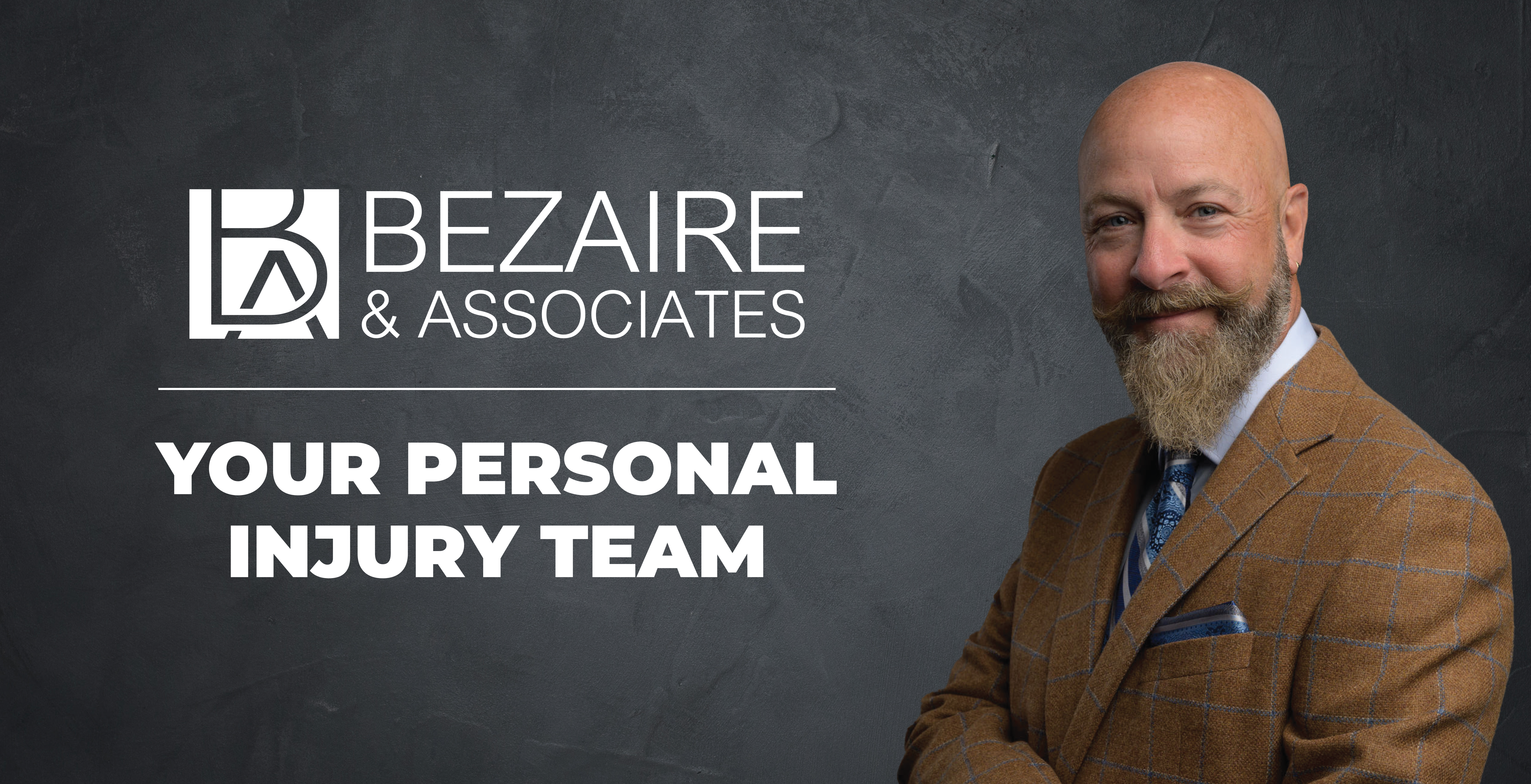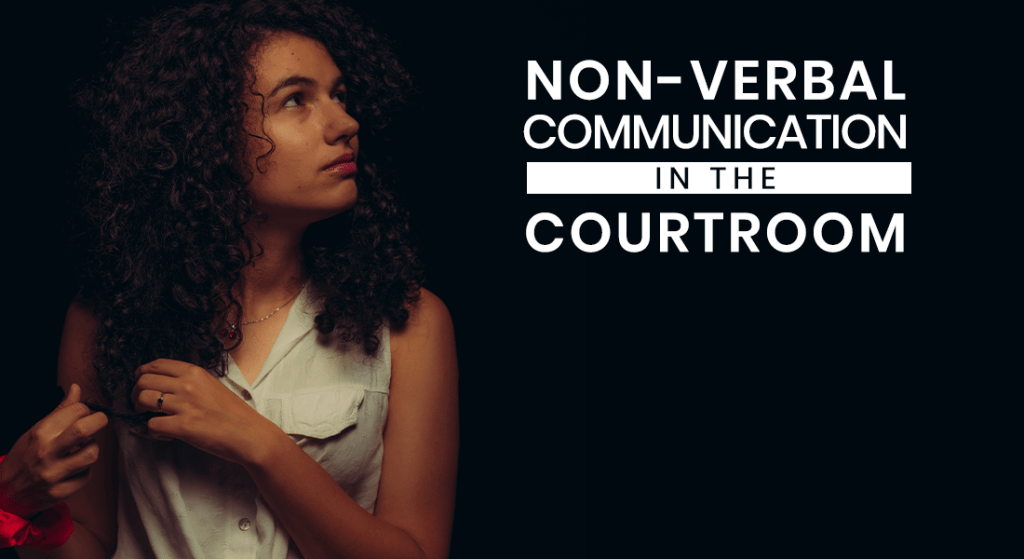It’s Time To Abandon Civil Jury Trials In Ontario

A colleague of mine penned a letter to the local newspaper in September of last year urging that the time has come to abolish civil jury trials in Ontario.
She was right. It is past time to discontinue the practice as unduly time-consuming and disproportionately expensive, both for litigants and the taxpayer. And, even if these two reasons, alone — directly impacting access to justice for the average Ontarian as they do — were not enough, they are unfair to plaintiffs for other reasons in the reality of the modern justice system.
Unlike criminal trials, civil trials, in which private citizens sue each other typically for monetary damages, are not guaranteed a jury by our constitution.
Ontario remains one of the only provinces in Canada to still employ civil juries and is the only one in which a single party to a lawsuit can, unilaterally, impose a jury upon the other litigants in Superior Court without their agreement.
Even England, whose justice system served as a model for the entire Commonwealth and the United States, abandoned the practice (with limited subject-matter exceptions) over 30 years ago.
The time-consuming part comes in the form of onerous scheduling, procedural and practical realities for the Province to prepare for and stage a civil jury trial.
Notices are sent by mail to hundreds of citizens on the voter rolls to attend selection dates in crowded corridors and multiple courtrooms. However, only a small fraction of people will actually be selected to sit for duty in the criminal and civil trials that follow.
Typically, jury trials come to trial after more than a year, and sometimes several more, than Judge-alone trials can be scheduled — and that was the case before COVID virtually shut down the civil trial system and probably pushed the average wait for a civil trial of any kind in Superior Court, to more than three years (and likely longer for jury trials given the logistical impediments of trying to conduct them virtually).
Trial days with a jury also take longer and accomplish far less due to constant instructions from the Judge, breaks, conferences, and evidentiary hearings outside of the jury (for each of which the jury has to tromp out of the court and sequester elsewhere).
Evidence (especially intricate medical evidence) takes longer to introduce with more expert witnesses typically needing more visual aids and demonstrative videos to explain complex medical background and injury mechanism concepts.
Then there are lengthier closing addresses by counsel, jury instructions by the Judge, often questions asked of the Judge, followed by deliberations.
And what about the “inconvenience” of citizens sitting as jurors?
Jury trials typically run weeks in the modern system, sometimes several, and the “civic duty” we have historically asked of Ontarians is now an onerous hardship. They are not paid anything for the first 10 days of trial and thereafter only $40/day (day 11 to 49) and $100/day (day 50 and on) with no meal, parking, daycare, or any other inconvenience allowance.
How many Ontarians can afford that kind of unpaid time off work if, like most, they do not have a collective agreement or employer willing to pay them for that time?
But the biggest reason they are unfair is because juries in motor vehicle cases in Ontario are intentionally kept in the dark. We make witnesses swear to tell “…the whole truth,” but we do not require that jurors be told important contextual information — like the role of insurance paying for the defendant’s defence and (typically) any judgement against him or her.
Likewise, the jury cannot be told about the secret “deductible” of the first $40,000 from their pain and suffering damages that the negligent driver’s insurance company gets to just retain. (The unfairness of THAT, alone, could, and may one day be, a column of its own). Or that there are significant statutory limitations and deductions that will be imposed by the Court after their judgement — with the result that the plaintiff is not receiving an amount that is even close to what the jury thinks they awarded to him or her.
As a consequence, insurance company defendants are the parties overwhelmingly demanding juries — in motor vehicle cases filed in Ontario in 2015 a whopping 90% of jury notices were filed by the defendant, and that has risen to 94% in 2020.
Is it any wonder research shows that juries, having to sit through tedious medical evidence of (often subtle, but debilitating) injuries and disability, for prolonged periods of time, without meaningful compensation, can develop a bias against the plaintiff for having started the claim in the first place?
All this has caused at least one Superior Court Judge to comment in a recent trial that “. . . jury trials in civil cases seem to exist in Ontario solely to keep damages awards low in the interest of insurance companies, rather than to facilitate injured parties being judged by their peers.” (Justice Myers, at para. 9, in Mandel v Fakhim, 2016 ONSC 6538 (CanLII))
Many legal practitioners and scholars have been clamouring for the eradication of civil juries in Ontario for years before the COVID pandemic compounded this and countless other problems of fiscal administration, for the provincial government in the health, education, and legal sectors.
It may be that tough economic choices by the next provincial government will force its hand to finally end the prospect of civil juries and the practical injustices that accompany the current civil jury system.





